We caught up with the brilliant and insightful Stefanie Zito a few weeks ago and have shared our conversation below.
Stefanie, thanks for taking the time to share your stories with us today Do you wish you had started sooner?
While I have always known myself to be an artist, I have had long stretches of dormancy along my path. After creating in fits and starts throughout my entire life with varying degrees of intensity, I’ve curiously had the greatest consistency and clarity about my artistic pursuits since having children. The pandemic dovetailed with many of my early parenting years, and while these are two disorienting events, I think this level of upheaval snapped many things into focus for me. I was suddenly in a place where I could not carry on with the normal rhythm of life, and I realized I also craved a big change to reground myself in the studio. As a parent, the already slippery nature of time becomes all the more amplified, but in my experience it brought along with it a large capacity to focus in on and make the most of my slim parameters of studio time. While I do sometimes find myself wishing that I had landed in a consistent making rhythm earlier in life, I can see how many of my experiences outside of the direct act of making inform what I do and now enrich my work. Life, after all, is the accumulation of the substance from which art is created.

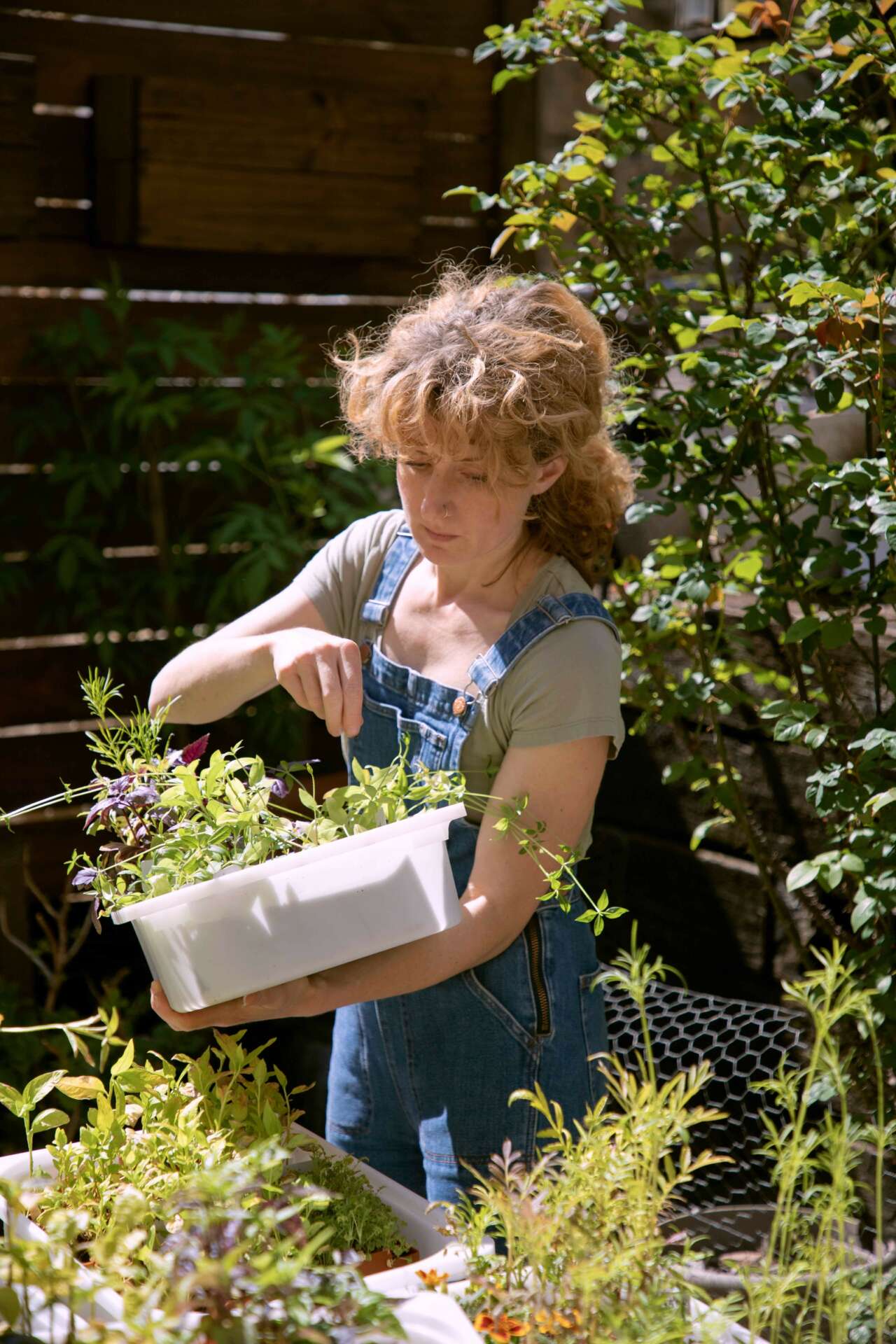
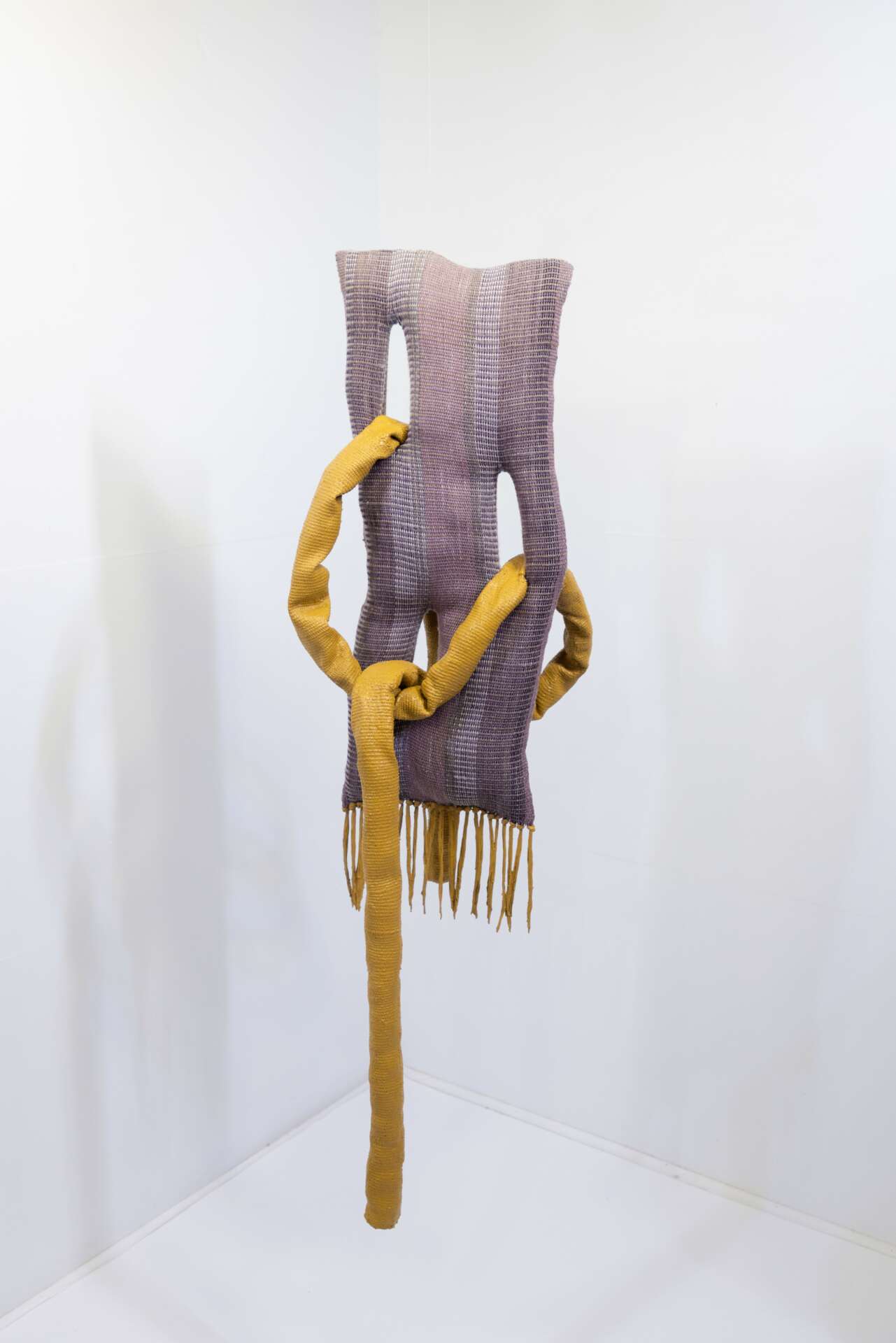
As always, we appreciate you sharing your insights and we’ve got a few more questions for you, but before we get to all of that can you take a minute to introduce yourself and give our readers some of your back background and context?
I am a mixed media visual artist who draws inspiration from ecology. My work is process-driven and materials-led, exploring ideas of home and the substance of time. In my work, I utilize slow and traditional domestic practices like spinning, stitching, cooking, gardening, and weaving– deconstructing and reimagining both natural and commonly discarded materials, exploring what it means to inhabit space and cultivate growth.
Much of my current work takes shape as fiber sculptures. Most often these works are constructed on the loom with a doubleweave technique, which allows me to create one continuous piece of cloth containing multiple layers. I often utilize an open reed, which allows me to carefully lift and shift warp strings beyond their otherwise expected parallel placement through the loom. Weaving this way, I can push, shape, and manipulate form through the continuous cloth.
My work also involves the use of natural dye, some from kitchen scraps like avocado or onions skins, and much from flowers and plants I nurture from seed to harvest in small bits of space at my home and local farm. I then extract color from the raw materials in dye pots strewn throughout my kitchen. There is a lot of slow labor with domestic ties within my practice. Having young children, I dedicate the edges of my days to my creative practice as these are the most reliable moments I can consistently maintain. However, the repetition within my practice does lend itself well to finding moments within each day to steep blooms for dye or build a weaving, one thin pass of weft at a time.
These slower practices ground and connect me to ideas of home, ecology, and the substance of time. As natural dye is less stable than a synthetic counterpart, the color of the work will shift and fade over time. And so in the moment you view each piece, it is a distinct version of the work in time.
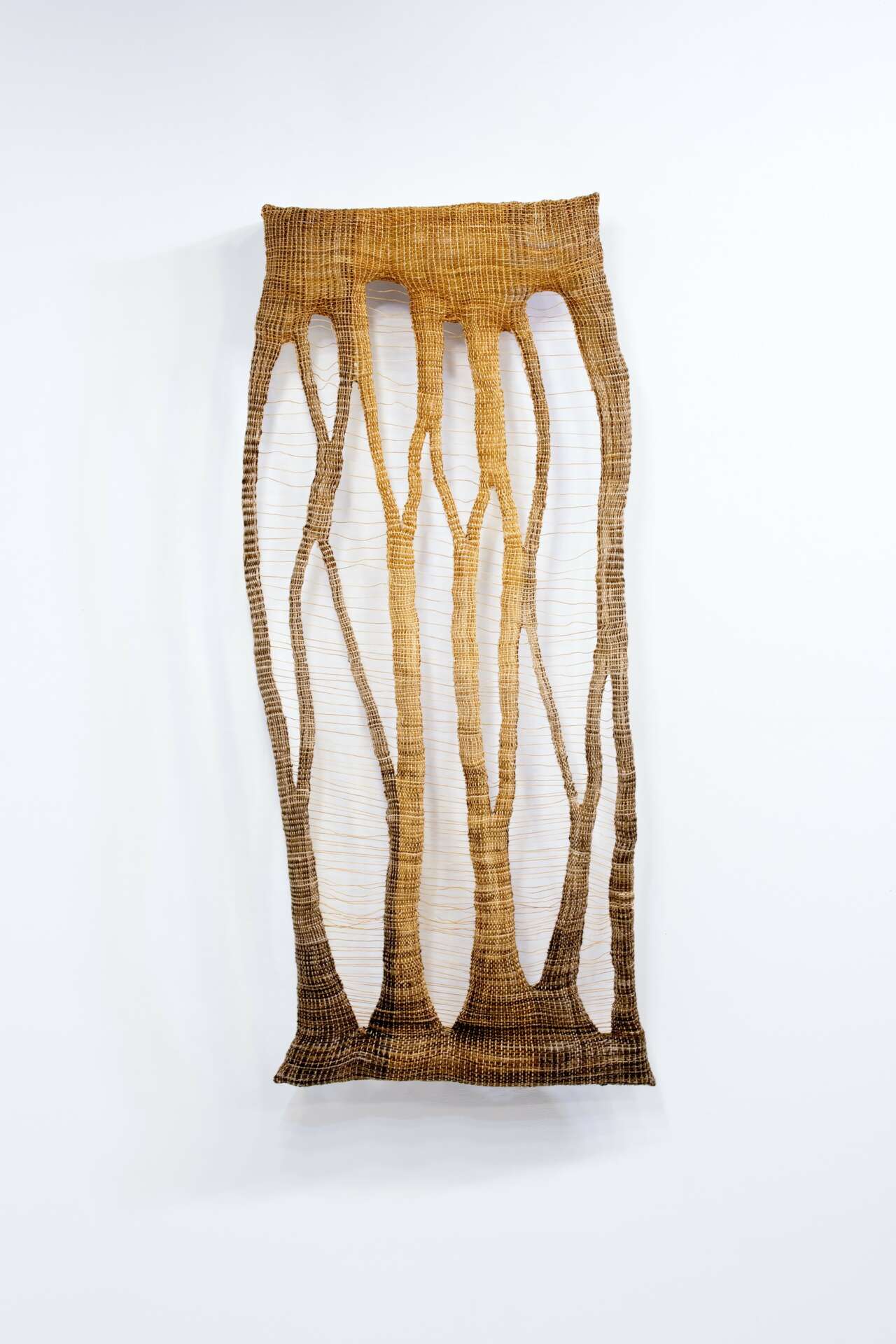
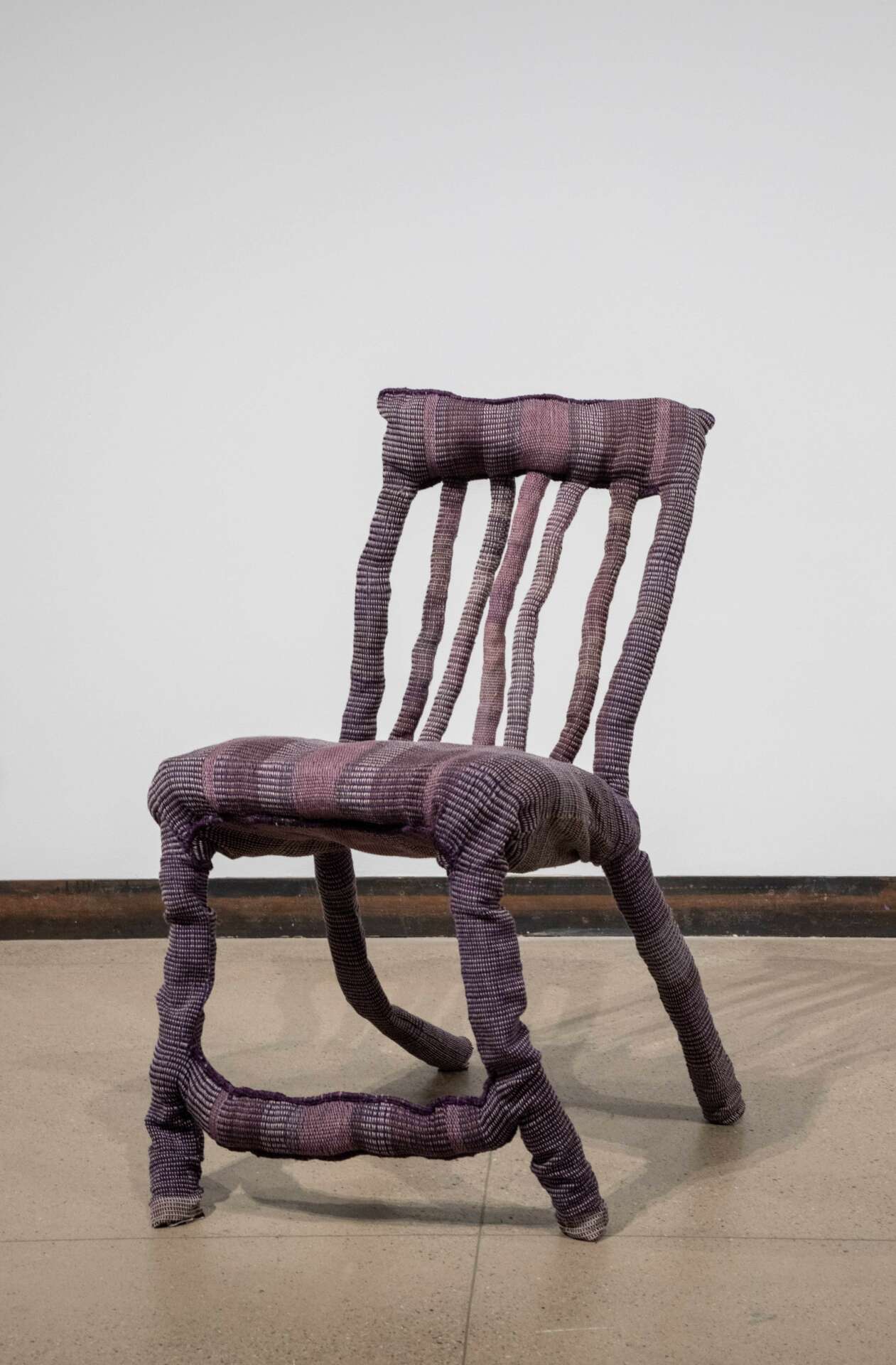

Is there mission driving your creative journey?
My interests in sustainability and efforts toward earth care led me to earn a certification in permaculture design a few years ago, The principles behind the practice of permaculture strongly influence my approach to artistic making. The term permaculture is derived by the idea of “permanent agriculture,” and is essentially a holistic design that works with nature to cultivate an integrated ecosystem, prioritizing biodiversity and resilience. Permaculture looks at what is already happening in a space, and chooses to work with the land and natural systems in place, seeking to do so in a closed-loop system as opposed to uprooting an area for production in a more extractive process (which is often what modern-day agriculture can look like). The first principle of permaculture is to “observe and interact.” This is the lens that guides my art making. I often make in a way that is material-led, so I begin from this space of observation, using my senses to touch and look, and from there to see what might be possible. I use many materials that are either found, repurposed, foraged, or home grown (as in the case of my natural dye garden), seeking to create within a closed loop system in my own way, to produce no waste (another permaculture principle).

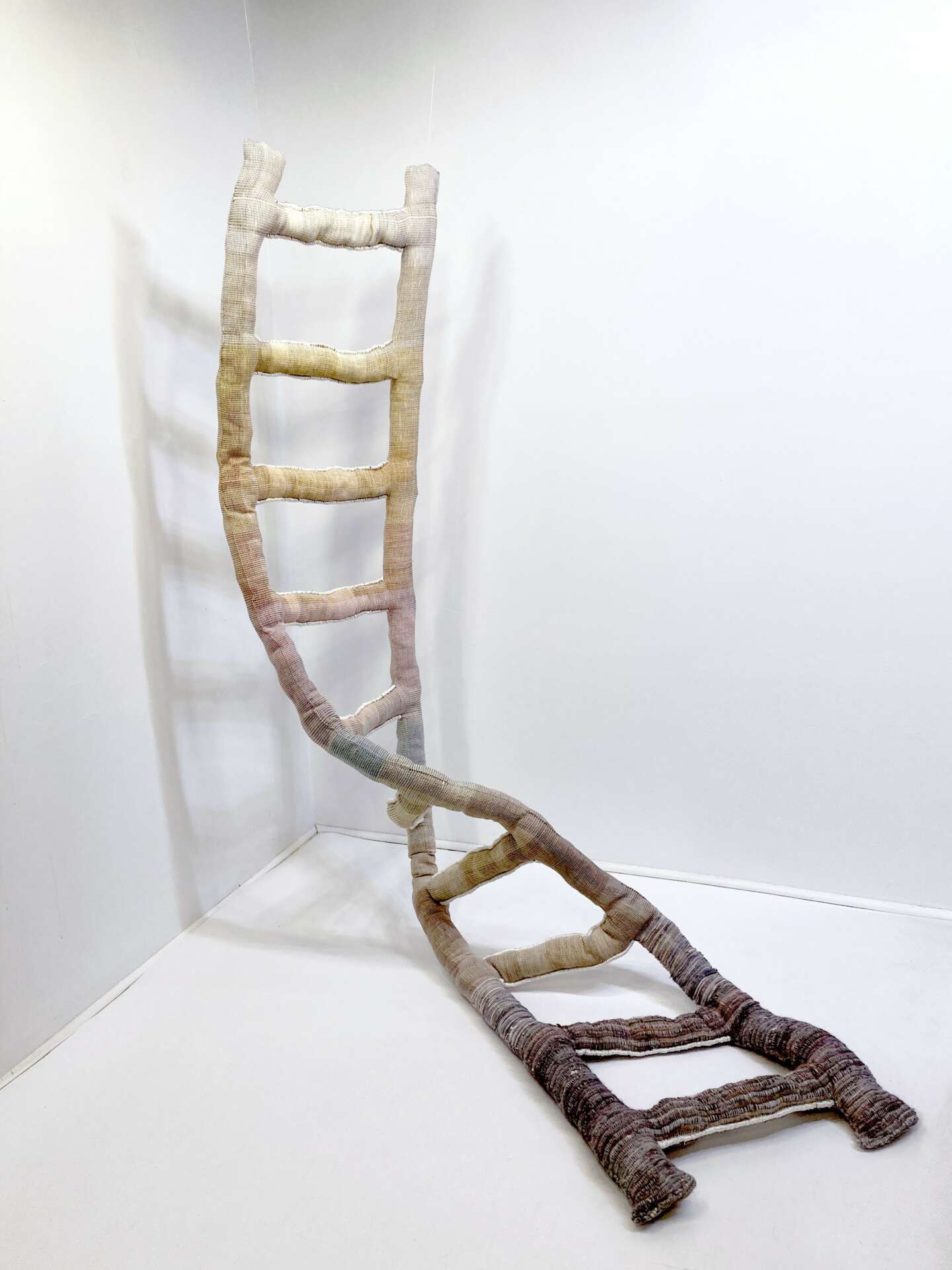
For you, what’s the most rewarding aspect of being a creative?
For me, the most rewarding aspects of being an artist are establishing new connections. Through being an artist, I’ve had the chance to meet so many amazing people. Artists and art appreciators alike tend to be deeply feeling and deeply thinking people. At our best, we are both. Being an artist has also offered me the opportunities to connect to so many places around the world through exhibiting work in different regions, and on rarer occasion, to visit some of those places. Seeing that my work resonates with individuals across the globe is a gift.
Contact Info:
- Website: https://www.stefaniezito.com/
- Instagram: @_stefaniezito_studio
Image Credits
All images taken by Jonathan Zito


